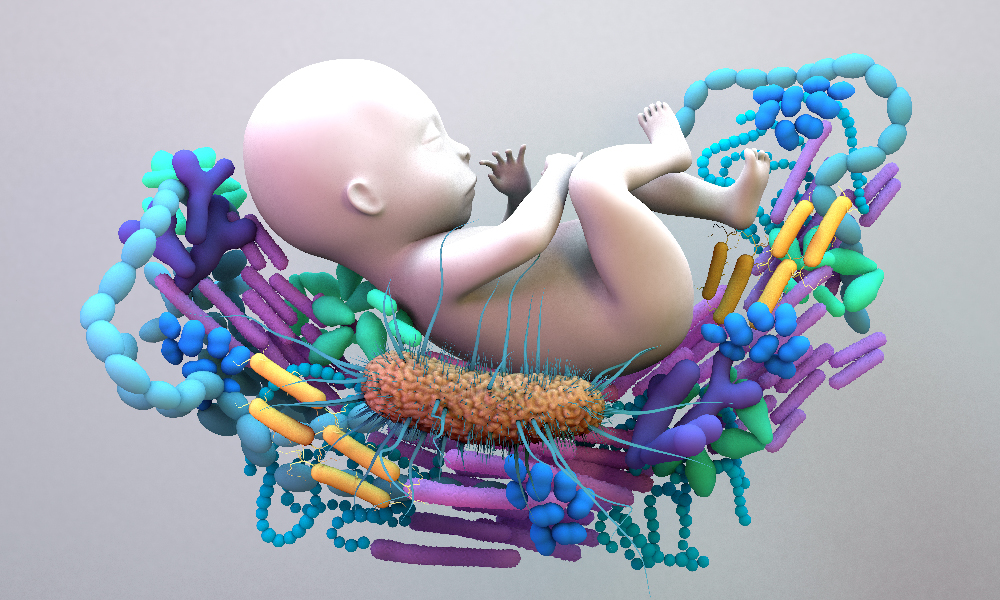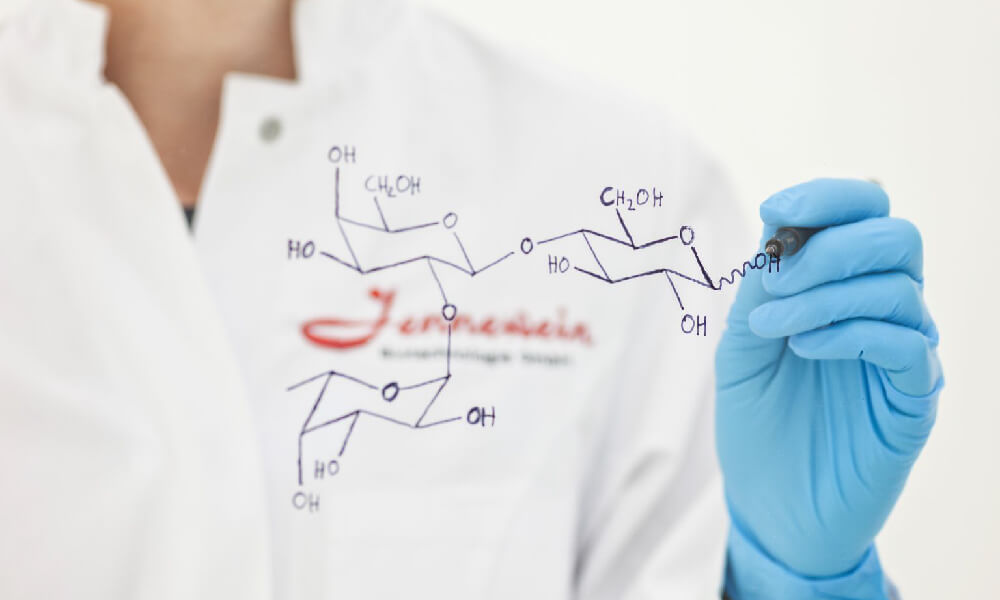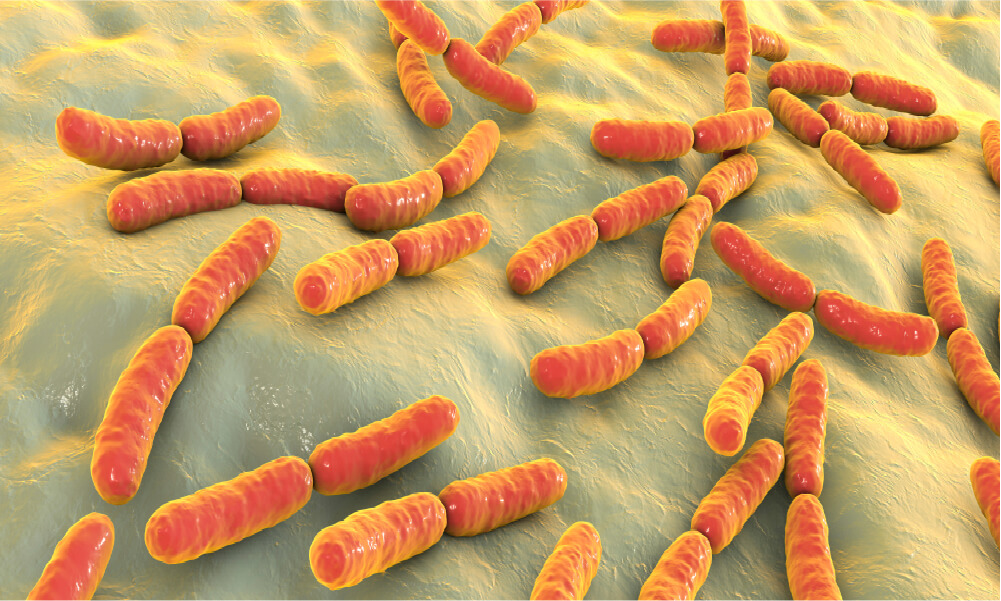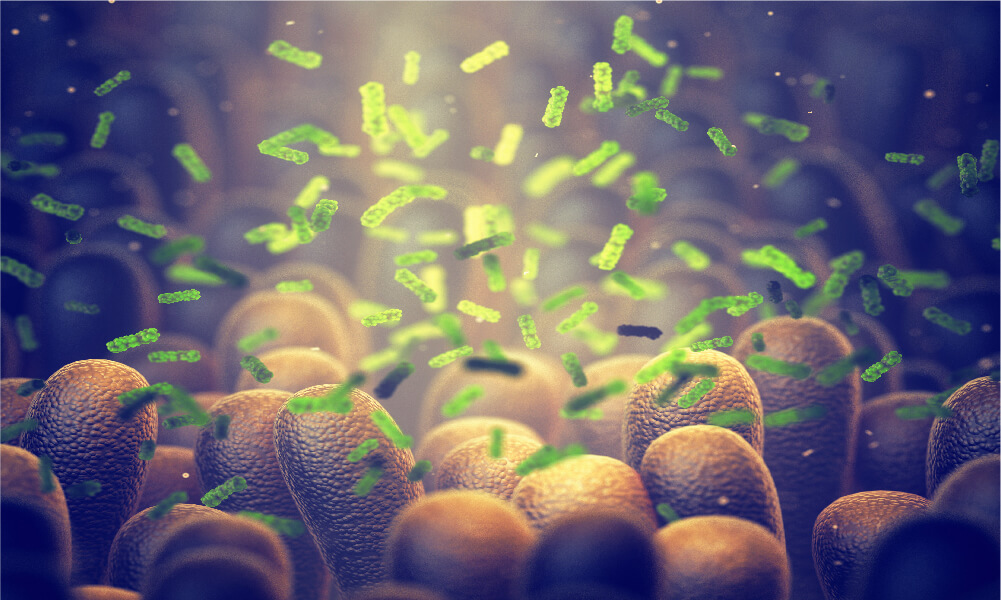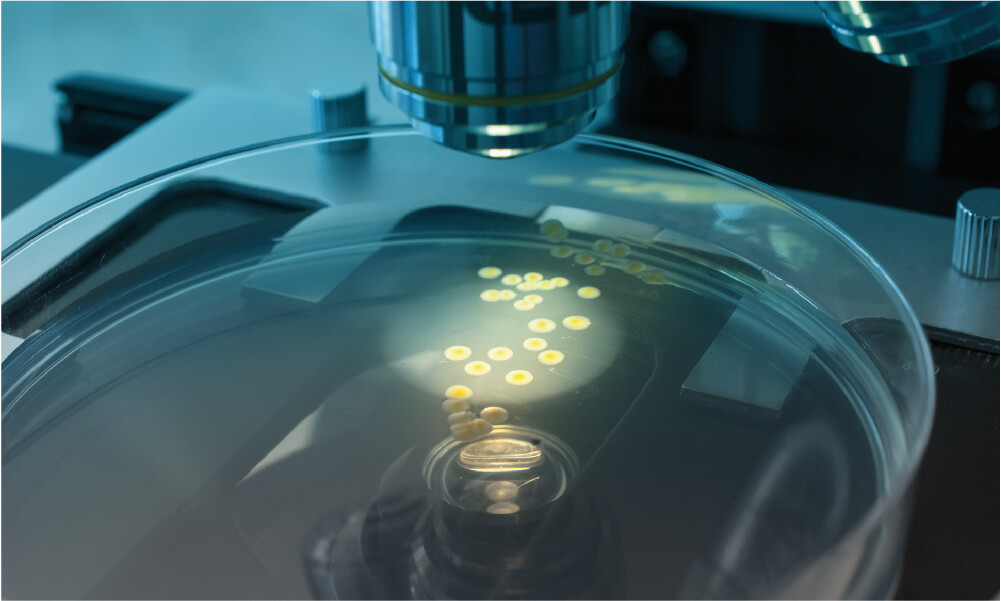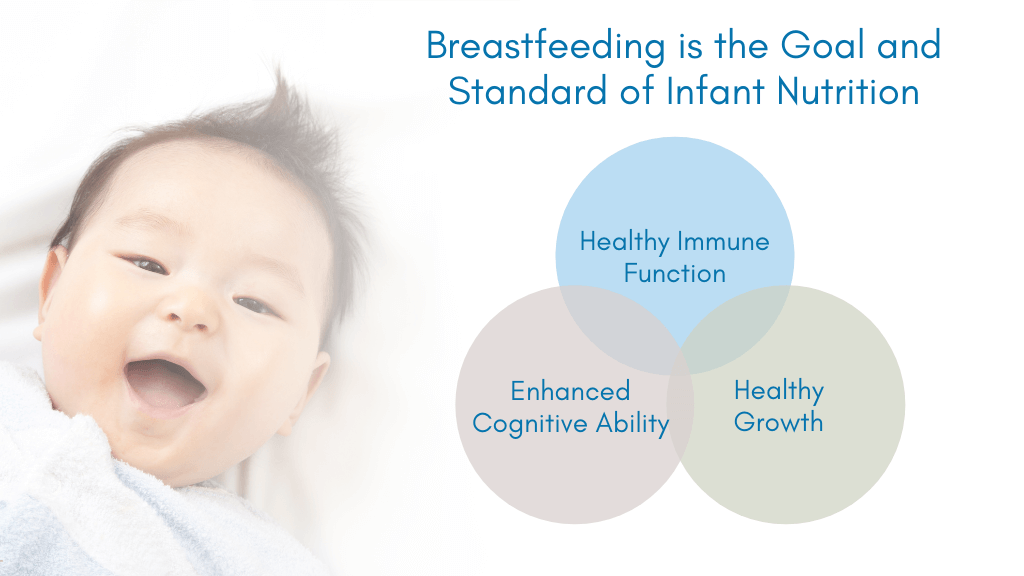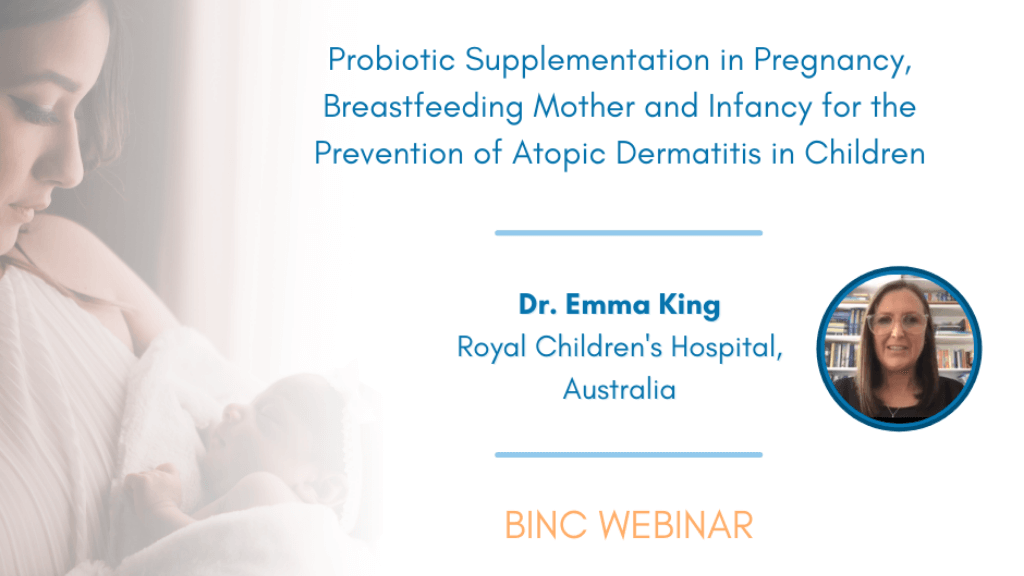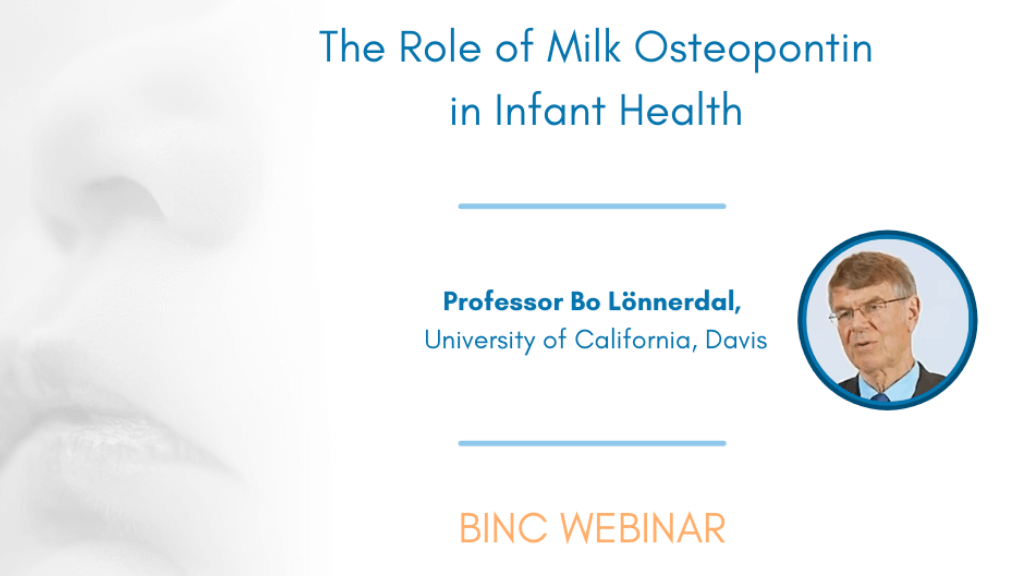Integration of Human Milk Oligosaccharide Utilisation Pathways in An Infant Bifidobacterial Community by Intergrated Genomics and Proteomics
- Topical Area: Nutrition/The gut microbiome
Bifidobacteria are associated with positive effects on human health. The influence of human milk oligosaccharides (HMO) on the growth of bifidobacteria is of increasing interest; however, the mechanisms involved in carbohydrate metabolism in a bifidobacterial community are not clearly understood. The aim of this study was to characterize essential gene and protein data sets involved in carbohydrate utilization in a community of four commercial infant Bifidobacterium strains.
PacBio SMRT sequencing was used to determine the whole genome sequences of all commercial probiotic strains including Bifidobacterium longum subsp. infantis (x2), Bifidobacterium bifidum and Bifidobacterium breve. A subsystem-based comparative genomics approach was used to reconstruct carbohydrate utilization pathways and identify enzymes, transporters and transcriptional regulators related to assimilation of HMO. In order to validate the HMO degradation pathways identified, Bifidobacterium strains were grown in combination in the presence of HMO isolated from human milk. Proteins expressed during growth on HMO were quantified using label-free proteomic analysis via a Q-Exactive mass spectrometer.
Whole genome sequencing of the four Bifidobacterium strains revealed diverse genomic architecture enriched in carbohydrate metabolism genes, which was distinct between species, with some notable differences even amongst the B. infantis strains. One of the B. infantis strains contained the largest proportion of carbohydrate metabolism features (16.4%), while the B. bifidum strain had the lowest proportion of features dedicated to carbohydrate metabolism (11.3%). All strains contained genes encoding for enzymes involved in the GNB/LNB pathway. The B. breve strain, unlike the other strains, lacked genes encoding glycosyl hydrolases (GHs) necessary for hydrolysis of complex HMO structures. Proteome changes during exposure of these strains to HMO were quantified and 235 proteins were detected at higher abundance versus a lactose control. The largest proportions of differentially abundant proteins were involved in carbohydrate metabolic pathways (20%) or transport/localization processes (13%). In B. bifidum, GH proteins involved in assimilation of HMO were found in higher abundances including fucosidases, sialidase, β-galactosidase, and β-N-acetylhexosaminidase. Increased expression of proteins involved in the B. infantis “HMO Island” was also observed, including higher abundances of solute-binding proteins, transporters, a fucosidase, and a β-galactosidase. A >10 fold increase in abundance of lacto-N-phosphorylase in B. breve was observed during growth on HMO, signifying preferential consumption of HMO-derivatives released by other strains within the community.
The combined genomic-proteomic approaches described in this study allows for an in-depth understanding of carbohydrate resource sharing relationships that exist between dominant members of the infant gut microbiota. This study provides new insights on diverse carbohydrate utilization networks in Bifidobacteria that can be employed in metabolic modelling, phenotype prediction and the targeted development of novel symbiotic formulations.
Teagasc Food Research Centre, Moorepark, Food Bioscience, Cork, Ireland, National University of Ireland, Maynooth, Human Health Institute, Co. Kildare, Ireland, Health and Happiness Group, Global Research and Technology Center, Cork, Ireland, APC Microbiome Institute, University College Cork, School of Microbiology, Cork, Ireland

Are you a Healthcare Professional?
Important Notice and Declaration
Breast milk is best for babies. Professional advice should be followed before using an infant formula. Introducing partial bottle feeding could negatively affect breast feeding. Good maternal nutrition is important for breast feeding and reversing a decision not to breast feed may be difficult. Infant formula should always be used as directed. Proper use of an infant formula is important to the health of the infant. Social and financial implications should be considered when selecting a method of feeding.
The information provided on this website is intended for use by healthcare professionals only. It is a condition of use of this site that you are a healthcare professional within the meaning of regulations within your country of practice. Then denoting below Yes I am/No icons. For Healthcare Professionals based in Australia : It is a condition of use of this site that you are a healthcare professional within the meaning of the Marketing in Australia of Infant Formulas (MAIF) Agreement or the Therapeutic Goods Act.
